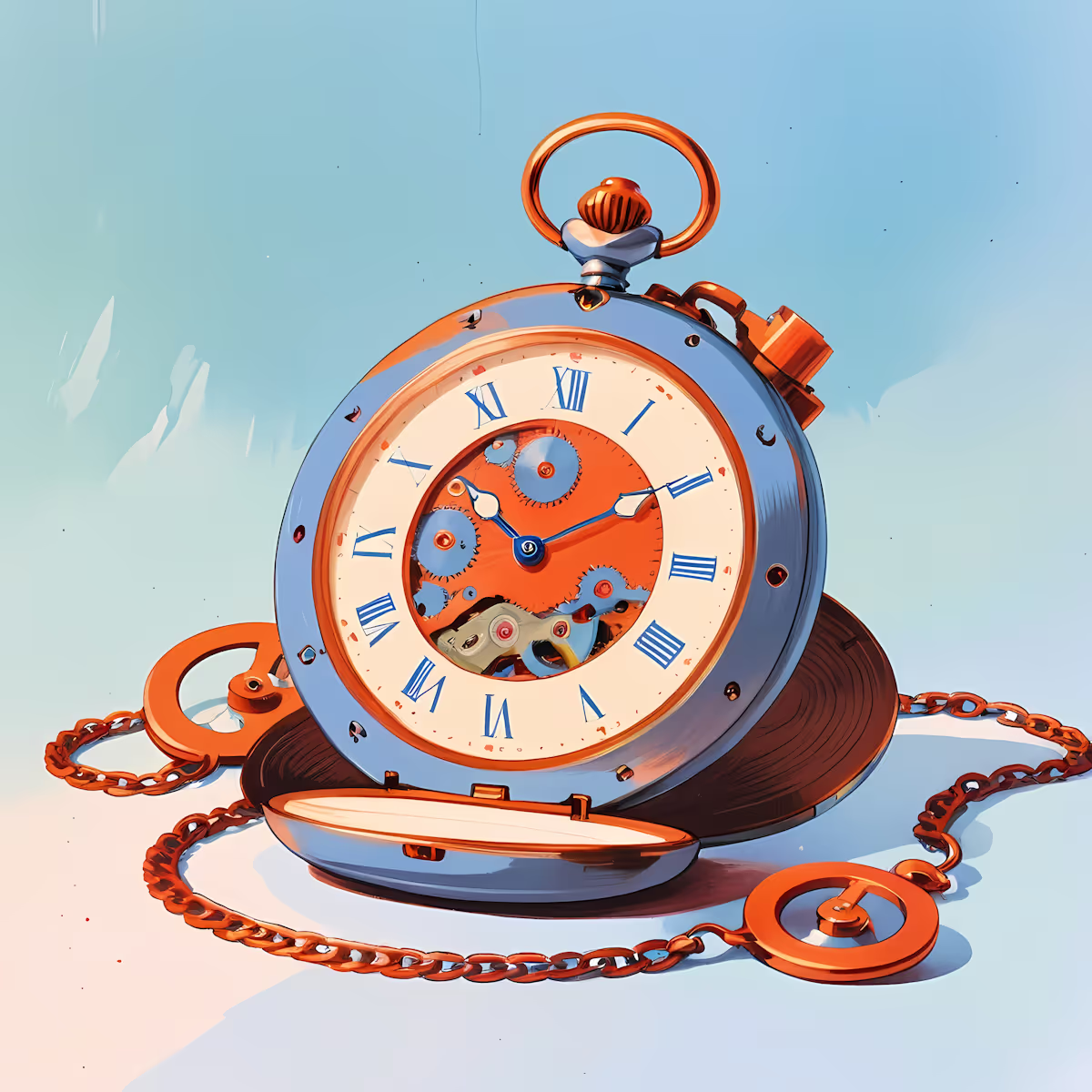The Allure—and Danger—of Archetypes in AI
Archetypes are the ancient scaffolding of stories. Heroes, mentors, tricksters, and thresholds—these timeless roles and patterns permeate myths from every culture, giving structure to chaos and familiarity to innovation. So it’s no surprise that when artificial intelligence generates stories, characters, or advice, it frequently leans on these universally recognizable forms.
But what happens when reliance turns into recursion? When AI outputs begin to echo not just the universal, but the formulaic?
Understanding the Archetype Bias
Modern AI models are trained on massive corpora of human-created content—novels, scripts, blogs, conversations—all of which are steeped in archetypal structures. The AI learns, over time, what "a story" typically looks like: a chosen one rising against the odds, a wise guide offering mysterious aid, a betrayal leading to transformation. These patterns are powerful. They’re also well-worn.
The issue isn’t that these forms exist—but that AI treats them not as options, but defaults. In doing so, it often reproduces narratives with all the flexibility of a rubber stamp.
“The hero’s journey has become the algorithm’s rut.”
Creativity vs. Predictability
There’s a fundamental tension in AI-generated content: the desire to be inventive, but the need to remain plausible. Archetypes offer a safe template, helping the model generate coherent outputs. Yet the very safety they offer can also stifle surprise.
Examples abound:
- Chatbots spinning tales where protagonists invariably follow the hero’s arc.
- Writing assistants suggesting character arcs that mirror Joseph Campbell's stages almost too neatly.
- Plot structures that inevitably hinge on prophecy, destiny, or binary moral choices.
This repetition isn’t just boring—it risks narrowing human imagination by reinforcing a canonized version of “what works.”
The Mythological Loop
Ironically, the mythic archetypes AI leans on were never meant to constrain. Myths are fluid, local, contradictory. They break rules as often as they make them. Trickster figures cross boundaries, not preserve them. And yet, AI often converts myth into rigid structure—a checklist rather than a living form.
This speaks to a deeper problem: AI doesn’t just imitate stories; it reifies certain storytelling logics. In that sense, modern AI can act like an overly enthusiastic structuralist, reducing narrative possibility to a set of interchangeable roles.
Escaping the Trap
To break this loop, both AI developers and users must become more aware of the archetype trap. Some possibilities include:
- Diversifying training data: Including more non-Western, non-linear, or avant-garde narratives.
- Tuning models for deviation: Encouraging outputs that reject typical structures or generate anti-archetypes.
- Inserting ambiguity: Letting stories remain unresolved, or characters remain morally complex.
- Designing prompts that disrupt expectations: Asking AI to create from contradiction, not comfort.
By challenging the model to imagine beyond its defaults, we can begin to surface the deeper, wilder potential of AI creativity.
The Role of the Human Creator
Ultimately, AI doesn’t trap itself—we do. The models mirror our input, our desires, our reinforcement. If we keep rewarding archetypal familiarity, we’ll keep getting echo chambers dressed as epics. But if we wield these tools with curiosity and skepticism, we can push back against the flattening of myth.
The challenge is not to abandon archetypes, but to remember their original purpose: to explore mystery, not to explain it away.
When AI tells stories, it’s not just mimicking myth—it’s shaping the myths of the machine age. The question is: will they be vital and strange, or will they just sound like something we've heard a thousand times before?

